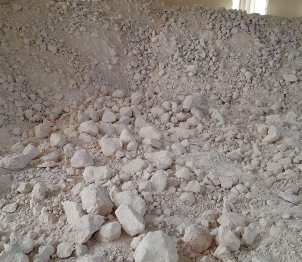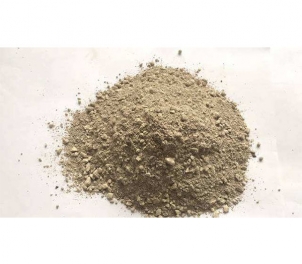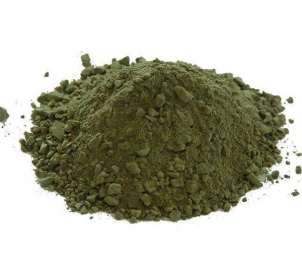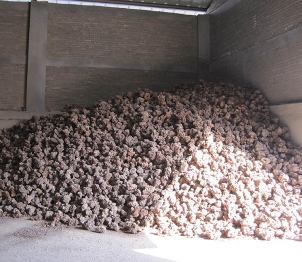Magnesia manufacturers introduce that magnesia can be divided into natural magnesia, seawater magnesia or synthetic magnesia. Natural magnesium oxide mainly comes from natural magnesite, Reburned magnesite However, due to the quality of raw ore, it is difficult to obtain high-purity and high-quality products. So far, seawater magnesium oxide has become the main source of magnesium oxide used in industrialized countries. The theoretical content of MgO in magnesite is 47.3%, and other impurities are CaO, SiO2, iron, etc. Magnesite decomposes when heated to 700 ℃~800 ℃ in air, which is called "light burned magnesia". When further heated, it is higher than 1530 ℃. The inactive periclase turns into refractory magnesia, which is called "dead burned magnesia". Synthetic seawater magnesium oxide for industrial production is made from seawater and digested dolomite. The precipitated Mg (OH) 2 is calcined to obtain MgO. The ratio of calcium to silicon in the unburned brick synthetic magnesium oxide is 0.3-0.5, and the ratio of calcium to silicon in the high-purity seawater magnesium oxide is more than 1.7, with high high temperature strength.
The main chemical composition is MgO, and the mineral composition is pericloy crystal. The density is 3.56~3.65g/cm, the Mohs hardness is 5.5, the melting point is 2800 ℃, and it volatilizes significantly at 1800~2400 ℃. Pure periclase is colorless. With the increase of Fe2O3 and CaO content, the color changes from light to dark, showing yellow, brown and dark brown. With the increase of calcination temperature and holding time, the particle size of periclase also increases, and its hydration resistance and slag resistance also increase accordingly.

The impurities in magnesium oxide come from dolomite, talc, tremolite, quartz, etc. in magnesite, so magnesium oxide contains SiO2, Al2O3, Fe2O3, CaO (B2O3 in seawater magnesium oxide) and other impurities. These impurities reduce the high temperature strength of magnesium oxide. Compared with Cr2O3, Al2O3 and B2O3, the influence degree calculated by Fe2O3 is 1,3:11:70. In addition to periclase in magnesia, various silicate minerals can also be formed according to the CaO/SiO2 ratio, which has different effects on the properties of magnesia products.
According to the chemical composition of magnesium oxide, the quality and phase composition of magnesium oxide products can be predicted. When calculating the phase composition, the phase composition will be consistent with the experimental results only when the uniformity of the magnesium oxide raw material and the calcination temperature of the material are sufficient to balance the phase composition, and the higher the purity of the material, the more consistent it will be.








